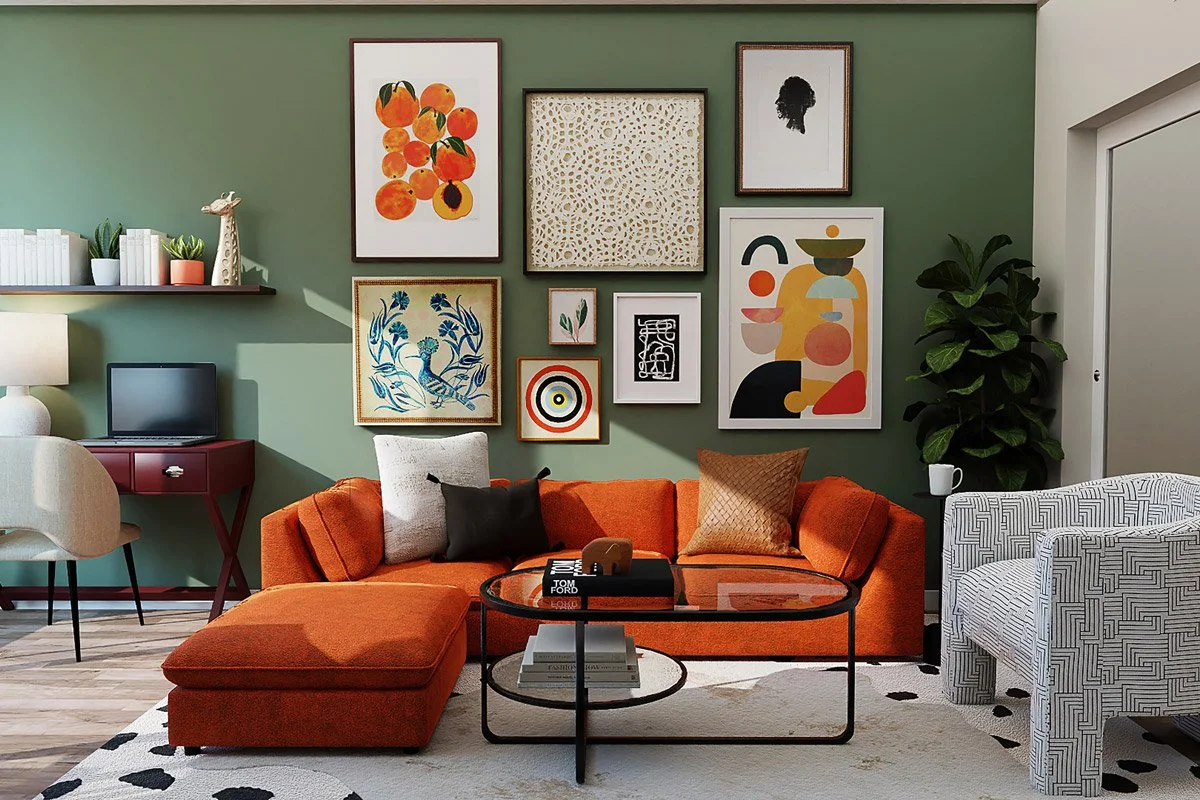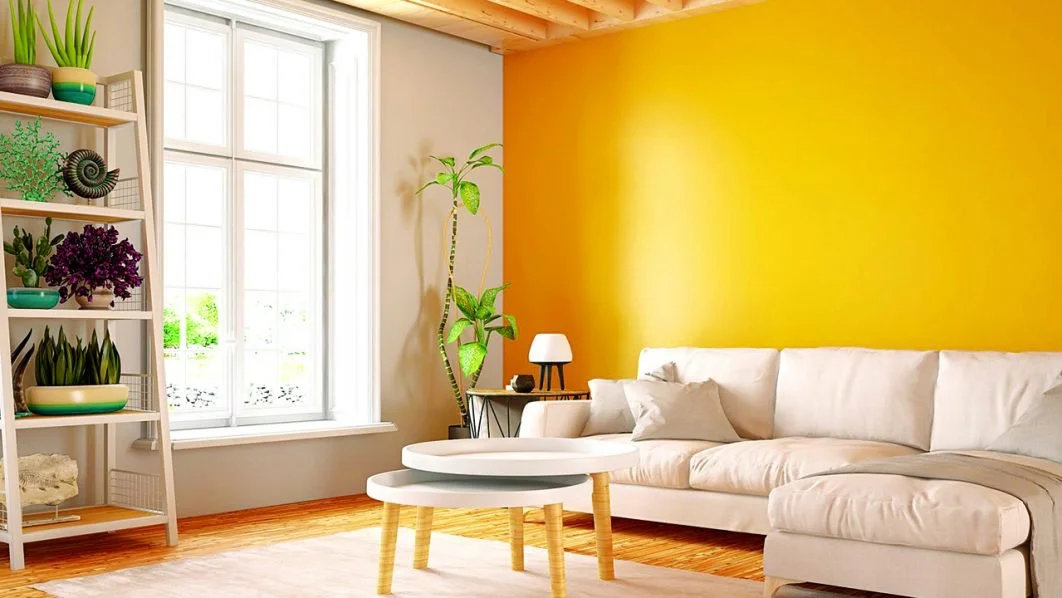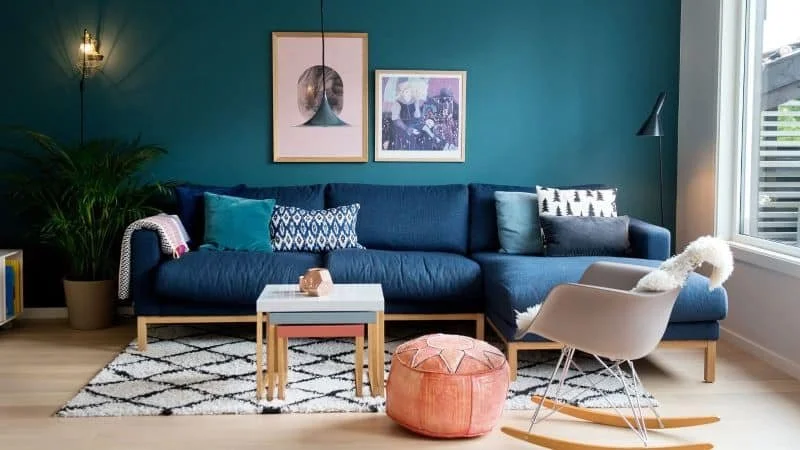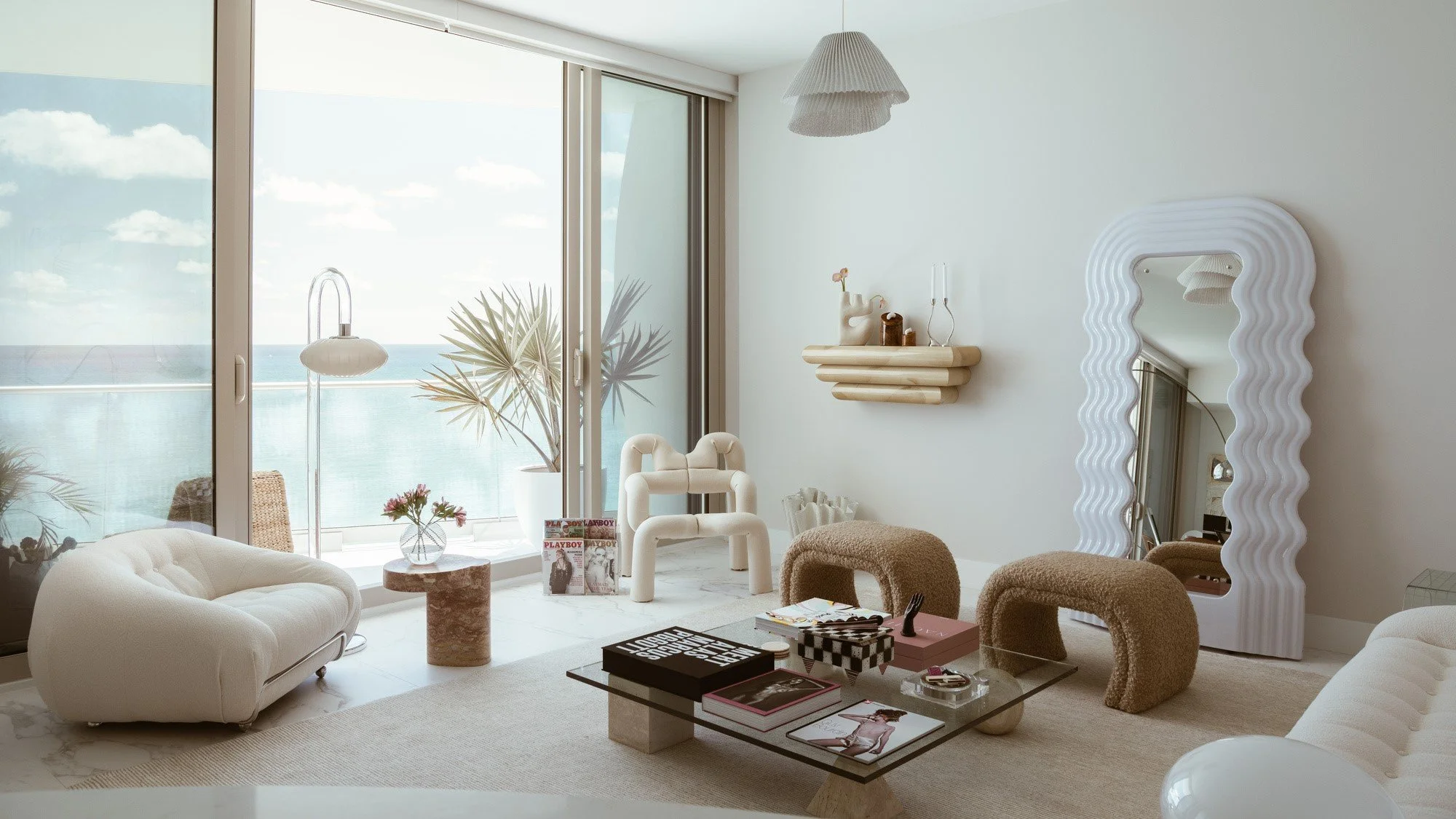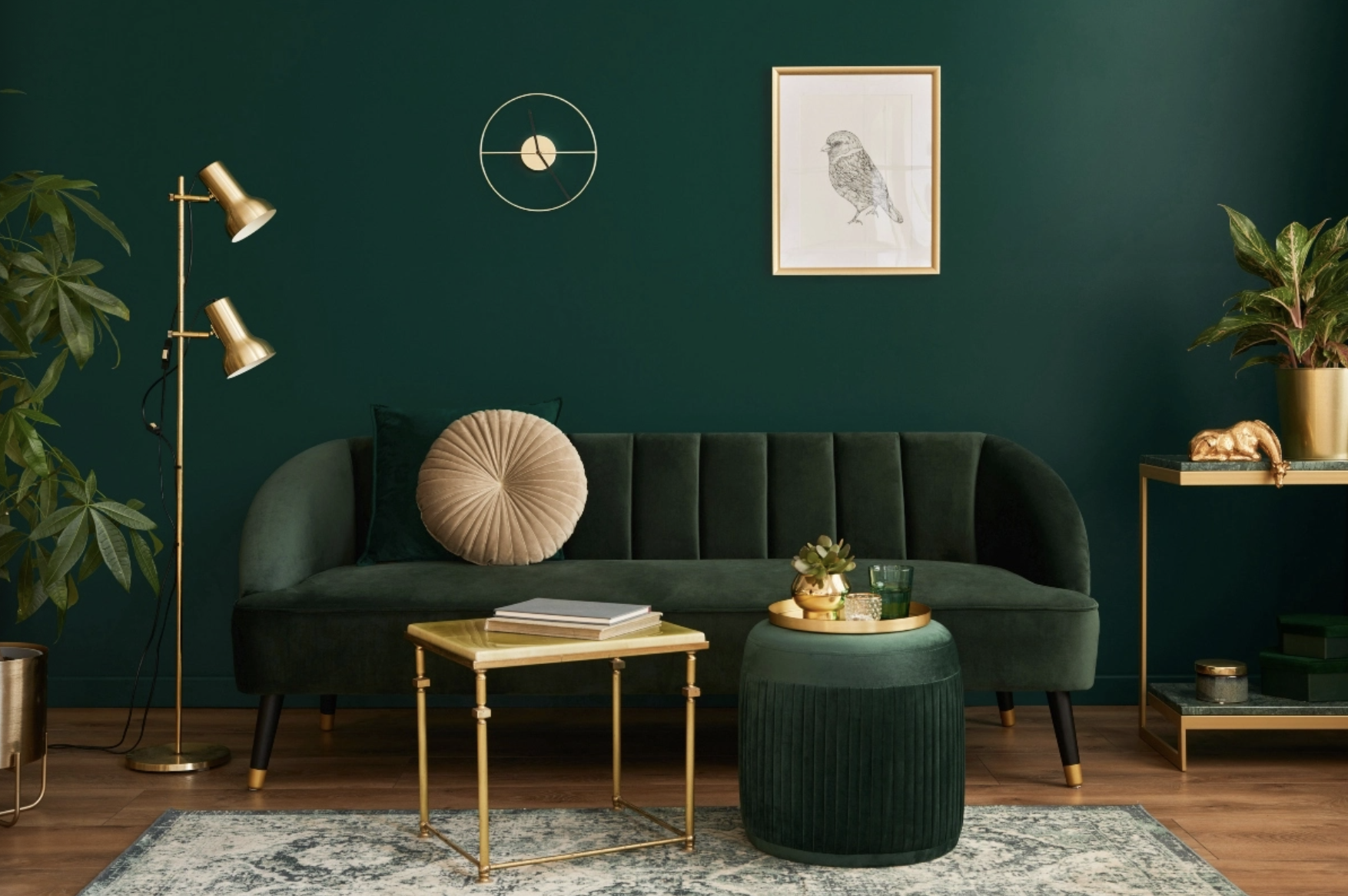Interior Design & Colour Psychology: Creating Moods and Ambiences
When it comes to designing our living spaces, we often focus on aesthetics, functionality, and comfort. However, there is another crucial element that can significantly impact our emotions and overall well-being: color. Color psychology in interior design explores how different colors can influence our mood, behavior, and even physiological responses. By understanding the psychological effects of colors, we can create harmonious and meaningful spaces that enhance our lives. In this blog, we delve into the captivating world of color psychology in interior design.
Colors have a remarkable ability to evoke specific emotions and sensations. Warm colors like red, orange, and yellow can stimulate energy, passion, and creativity. They are often used in areas where socialization and activity are encouraged, such as living rooms and kitchens.
Example of a warm tone interior
On the other hand, cool colors like blue, green, and purple evoke a sense of calmness, relaxation, and serenity. These hues are ideal for bedrooms, bathrooms, and spaces intended for rest and rejuvenation.
Example of a cool tone interior
Understanding color psychology allows interior designers to create specific atmospheres within a space. For instance, a vibrant and energetic atmosphere can be achieved by incorporating bold and saturated colors.
Example of a vibrant interior
On the other hand a serene and peaceful environment can be created by utilizing soft pastels or neutrals. By carefully selecting colors based on the desired atmosphere, designers can enhance the purpose of a room and elicit the desired emotional response from its occupants.
Example of a neutral interior
In addition to individual colors, the combination and contrast of hues play a crucial role in interior design. Complementary colors, which lie opposite each other on the color wheel (e.g., blue and orange), create a dynamic and visually striking effect.
Example of a complementary colour pair
Analogous colors, adjacent on the color wheel (e.g., blue and green), offer a harmonious and more cohesive feel.
Example of a analogous colour pair
Monochromatic color schemes, featuring variations of a single color, provide a sense of elegance and simplicity.
Example of a monochromatic colour pair
Color psychology in interior design empowers us to create spaces that not only look visually appealing, but also foster positive emotions and well-being. By harnessing the psychological effects of colors, designers can manipulate the physical environment, enhancing the overall atmosphere, and evoke desired emotions, all while enhancing the functionality of a room. From warm, energetic tones to cool, calming hues, each color offers a unique impact on our senses. By understanding the power of color psychology, we can transform our living spaces into havens that nurture our minds, bodies, and souls.

